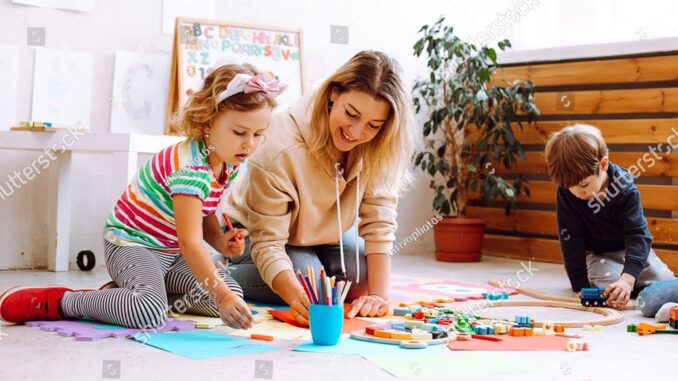
Homeschool Art Curriculum - Artistic Appreciation and Creation for Every Child. Homeschool art curricula should instill an appreciation for artistic works in every child while allowing them to create interesting things with their hands. Art instruction can include anything within the creative world, from drawing and painting to sculpting and creating ceramic bowls. Since you teach your children at home, you have no boundaries when developing an exciting homeschool art curriculum.
Homeschool Art Appreciation
The best way to teach children to appreciate art is to let them see a diverse collection of art in various forms. Take note of all art museums and galleries in your local area, plus areas that are a reasonable drive for a weekend or overnight field trip. Try to find exhibits and museums celebrating unusual art forms by artists of different ages and socioeconomic backgrounds. Plan leisurely trips that allow children to explore these art displays without feeling rushed.
You can also check your local library for books that show pictures of different art forms. If your child is interested in a specific type of art, you can find a book on the art form to combine reading and homeschool art curriculums. The same thing can be done with biographies of famous and modern artists.
Homeschool Art Creation
A portion of your homeschool art curriculum should center on projects allowing children to try their hand at different art forms. What art forms you include and how they are approached depends on the interests of your children and your financial resources. Here are some ideas to get your creative ideas flowing:
Check drawing or painting instruction books out of the library so children can learn to draw and paint things they find interesting. Invest in a good drawing pad, so they have space to practice. Display their drawings in a home gallery and invite friends and family members over once a month, just like a real gallery.
Sign your child up for lessons in art forms that are not easily practiced at home. For instance, pottery or ceramics lessons may be offered through community organizations.
Take your child to a local business offering pottery services. You can pick out a piece of pottery already created and then allow your child to point it. Classes may be provided by these businesses as well.
Sign up for homeschool art curriculum programs, such as Artistic Pursuits. You can purchase comprehensive curriculum packages that include various exciting art projects that can be completed at home. Some programs focus only on projects, but Artistic Pursuits also focuses on art appreciation.
Search for art project ideas online. For instance, you will find tons of ideas if you visit.
Anything that allows your child to try their hand at an art form can qualify as a homeschool art curriculum. Make sure you are realistic about your child's ability. You may need to complete some steps of a project for your child, and more minor children will need to be supervised when working with scissors, glue, and other art tools.
Diversity vs. Excellence
Many homeschooled children will take a serious interest in one art form before they graduate high school. If this happens with your child, make sure to balance the time they spend exploring that art form and the time they spend exploring other forms of art. You want your budding artist to practice their craft and develop their skills, but you also want them
to appreciate different art forms.
One effective approach to homeschooling is to integrate art lessons with other subjects like math and history. By planning lessons that use art to teach other subjects, you can keep your child engaged and interested in learning. For example, exploring art from a particular historical period can help your child gain a deeper understanding of the events and cultural influences of that time.








